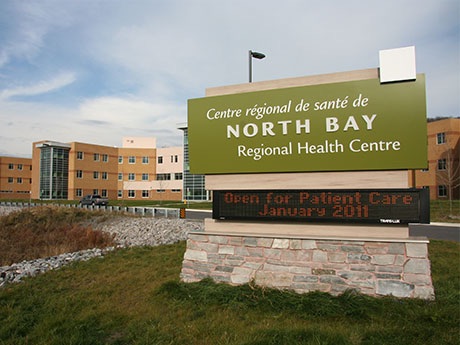Ontario’s provincial Liberals should reassess their commitment to public, private, partnership (P3) infrastructure construction, now that the new federal Liberal government has signalled a move away from funding P3 projects, says Michael Hurley, the president of the Ontario Council of Hospital Unions (OCHU)/Canadian Union of Public Employees (CUPE)
The indicator that the federal government will no longer require provinces and cities to consider a P3 arrangement for projects over $100 million, is a “positive step. We encourage the Ontario government to stop defending P3s and follow the lead of the federal Liberals and build hospitals and other projects using a public model, which we know costs less,” Hurley says.
Last year (2014) Ontario’s auditor general reported that it cost Ontario nearly $8 billion more to build infrastructure using private company, P3 deals, than had the province built the projects, the OCHU said in a news release.
“We know from the provincial auditor that public projects cost less. We also know that every P3 hospital project in Ontario has experienced huge cost overruns,” says Hurley. The North Bay Regional Hospital P3 was estimated to cost $551 million, but the actual costs came in at $1 billion. Research shows that privately built hospitals have 30 per cent less beds than publically built hospitals and that for every $1 million paid on P3 debt charges the result is the loss of 10 nurses.
“North Bay’s hospital is the clear example of why P3s are not good value for money. Since the new hospital opened, 450 nursing and other jobs have been cut and scores of beds closed. The end result is that patients are getting less hospital care because the P3 construction costs more,” says Hurley.
The Brampton hospital, another P3 hospital is estimated to cost the public an additional $600 million over the life of the project. If the Brampton experience is repeated in the 12 P3s now underway or planned in Ontario, the public will pay an additional $7.2 billion.
By moving away from P3 infrastructure construction, the Ontario government would also have billions of dollars more to invest in social infrastructure such as in-hospital patient care and child care. In addition, “robust investments in public services would create thousands of new jobs in Ontario. Women workers would benefit most, since the health care, education and social service workforce is predominantly female,” says Hurley.

